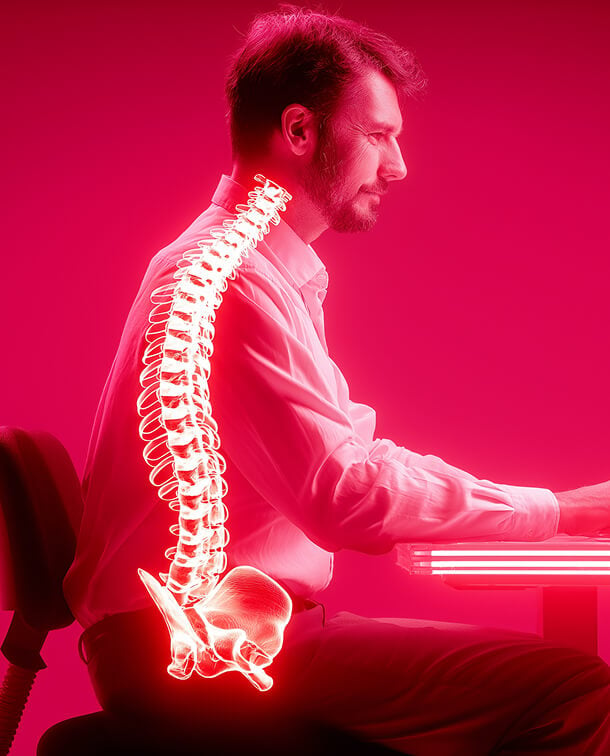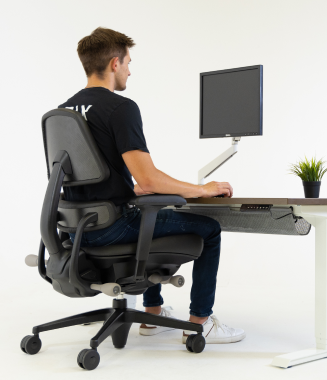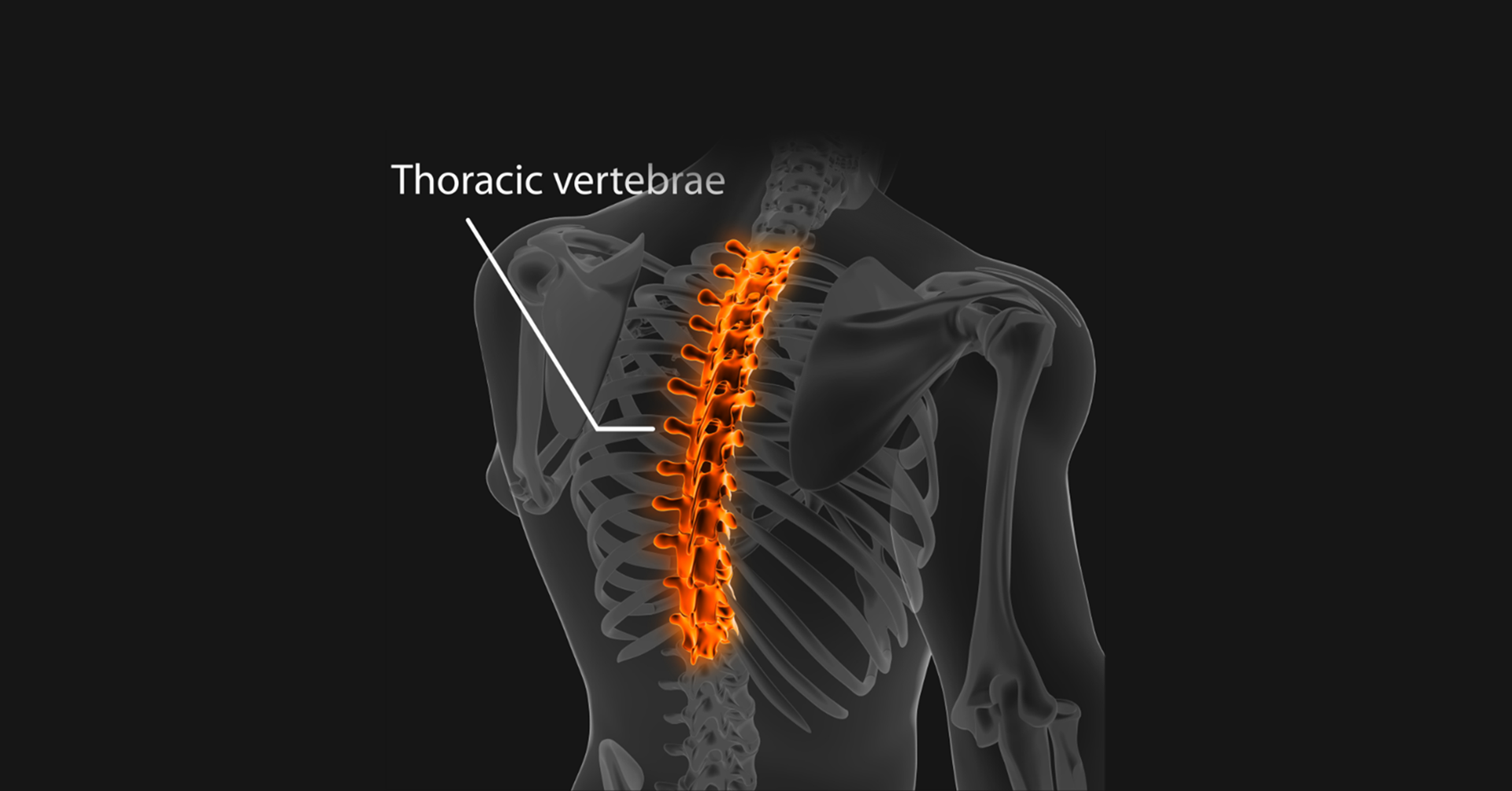Today we’re diving into an interesting and hopeful change in our culture: the exciting shift in America about the topic of a central part of our lives – the priority of embracing health and wellness as a way of life. While there have always been fit crusaders who seem to live and breathe a healthy lifestyle, unfortunately, that has not been the pervasive thinking here in the states. But things are changing – and certainly for the better. The massive trend of people who are increasingly open and willing to make healthy lifestyle changes is remarkable. It’s encouraging to see the shift. Now more than ever, we are open – open to learning about the secrets to living longer, healthier, and more fulfilling lives.
A Globally Minded Perspective
With our digital connection to the world, we have benefitted from a wider classroom and embraced a more globally minded perspective. We’ve realized we have a wealth of information to learn about health and wellness from other regions and cultures. This transformation in our mindset has led many to embrace positive, life-altering health changes.


We are increasingly curious.
It seems we have collectively embraced a wave of learning about what the world can teach us about health and wellness across the world. We want to know it all. We want to better understand the art of eating smart and eating well, we want to better understand how much we should be moving and find creative ways to get around, we want to better understand community and how our connectedness to each other is crucial. In essence, we want to learn how to live well – how to best achieve an overall lifestyle of longevity, health, and well-being.
Health and Wellness: A New Perspective
Traditionally, the American lifestyle has been characterized by fast food, relatively sedentary jobs and an overall lack of making our personal well-being a priority. However, the tide is changing. Today, Americans are increasingly recognizing the importance of health in their lives.
This perspective seems to have come from the growing understanding that our habits, including diet and physical activity, play a critical role in determining our longevity and quality of life.
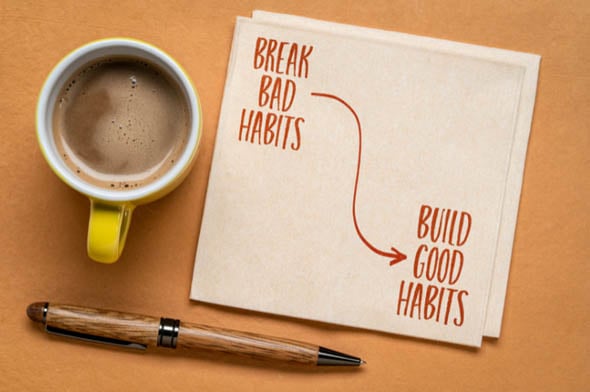

Blue Zones: The Secrets We’re Learning
A fascination with the world’s “Blue Zones” has captivated our attention – and for good reason. Blue Zones are regions around the world where people are known to be the outliers. These hearty people live well, and they live long! Compared to the rest of the population, they seem to be superhuman, living full and healthy lives well into old age. What are their secrets? It turns out their rhythms of life are marked by common lifestyle factors – including diet, exercise and a strong sense of community. It’s interesting to note that these blue zones are not in one part of the world exclusively. They can be found in Okinawa in Japan, Sardinia in Italy, Nicoya in Costa Rica, Icaria in Greece, and the Seventh-day Adventist community in Loma Linda, California.
Learning from Other Cultures
Embracing a more holistic approach means we’ve become learners. As we better understand the benefits and healthy characteristics of other cultures, we have come to incorporate them into our own way of life. Most notably, many of us have embraced the widely understood benefits of the Mediterranean diet.
The idea is simple: why limit ourselves when there's a wealth of knowledge and wisdom out there waiting to be explored? What else do we have to learn?


The Couch Potato Epidemic
One area of great concern in recent years is the sedentary lifestyle of many Americans and the profound health toll this way of life has taken on our bodies. This is certainly an area where we could learn from other countries. We simply are not active enough. When you consider that a sedentary lifestyle is one of the primary factors contributing to health issues in the modern world, you can understand why there is reason for concern.
But what about those of us who have to sit for a living? Our work demands for us to be seated at a desk, often for long periods of time. Sitting is not the problem. The sedentary lifestyle is the problem. So, what’s the solution to this aspect of our wellness?
If You Must Sit, Sit Well.
The Health and Wellness Connection to your Office Space
Sitting is an unavoidable and integral part of our daily lives, especially for those who spend a significant portion of their day working in an office environment. A well-designed office chair can make a world of difference in your pursuit of wellness in your workspace. Why? Because ergonomic office chairs are designed to protect your skeletal and muscular health. They provide pelvis support and promote better posture, reducing the risk of painful conditions associated with sitting too long. By investing in properly designed office chairs, companies can contribute to the overall well-being of their employees, aligning with the broader health and wellness movement.
This shift towards health and wellness in America is an exciting development. By embracing the principles of Blue Zones and learning from diverse cultures, we’ve gained so much. We’re all in this journey together, learning how to live longer and healthier lives. We all have a role to play in this movement by offering solutions that will contribute to a healthier and happier American culture.
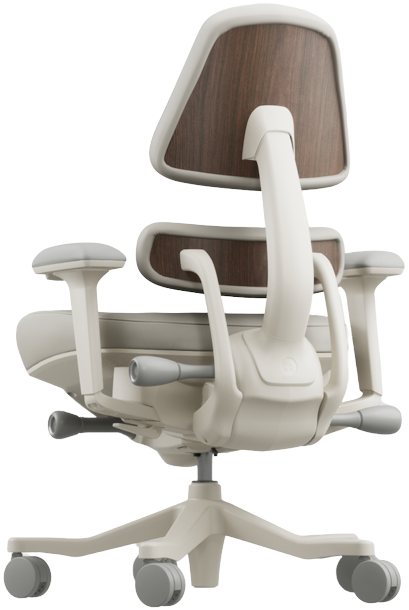
If you are looking to improve posture and decrease pain while sitting, look no further than Anthros. Anthros is the only chair in the world that is guaranteed to improve posture or your money back. The science-backed, patented design is registered with the FDA as a posture-improving chair and is proven to have the lowest pressure (most comfortable) cushion on the planet (verified by university testing).
Take the next step to reducing pain, increasing comfort, and maximizing performance!
References:
1. Buettner, D., & Skemp, S. (2016). Blue zones: lessons from the world’s longest lived. American journal of lifestyle medicine, 10(5), 318-321.
2. Appel, L. J. (2008). Dietary patterns and longevity: expanding the blue zones. Circulation,118(3), 214-215.
3. Hitchcott, P. K., Fastame, M. C., & Penna, M. P. (2018). More to Blue Zones than long life: Positive psychological characteristics. Health, Risk & Society, 20(3-4), 163-181.
Recent Post
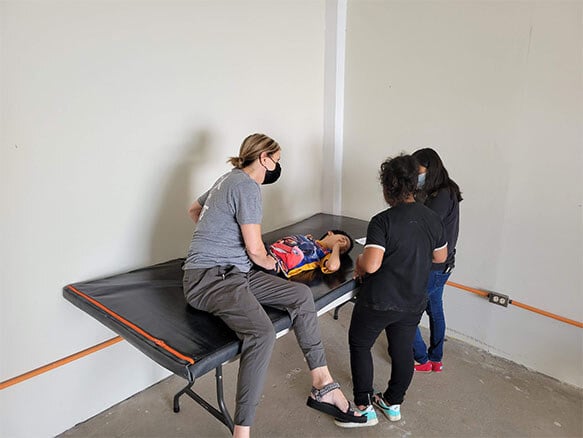
Four Lessons About Seating Everyone Can Learn from Wheelchair Users
September 18, 2025Working with wheelchair users has been an...
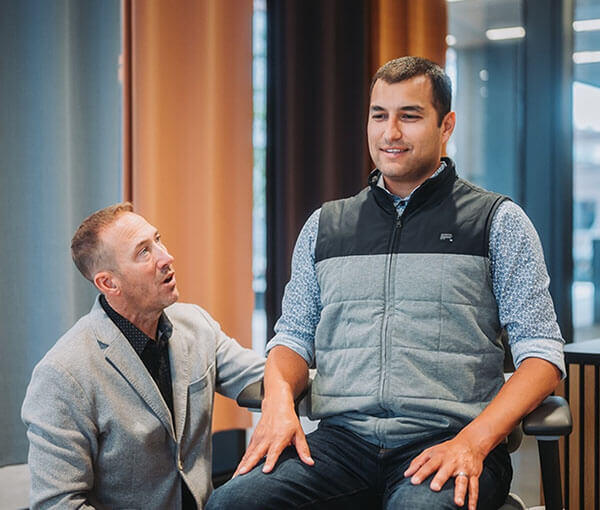
People Over Profits: Why Anthros Puts Comfort and Care First
September 17, 2025At Anthros, our mission is simple: to put people...





